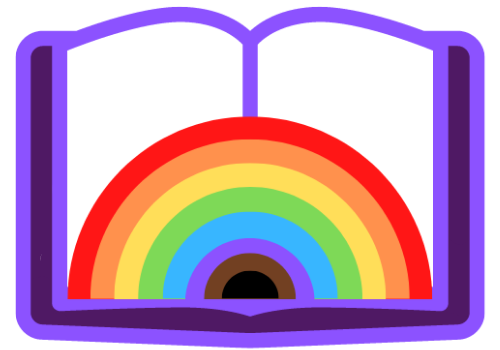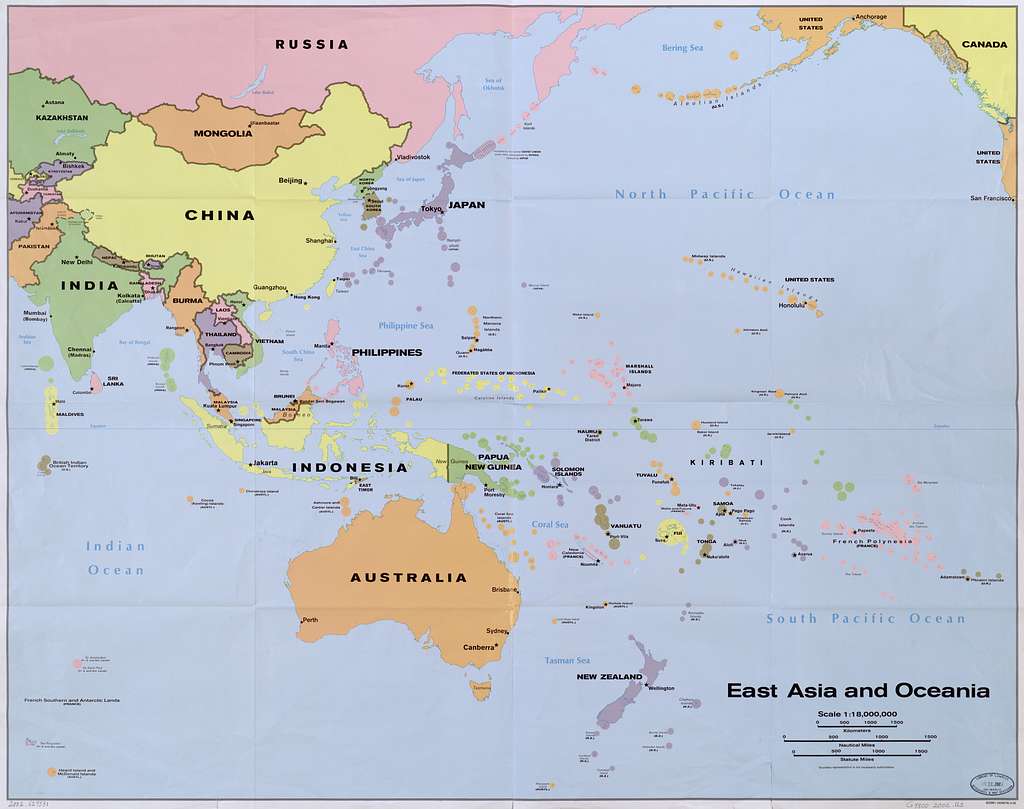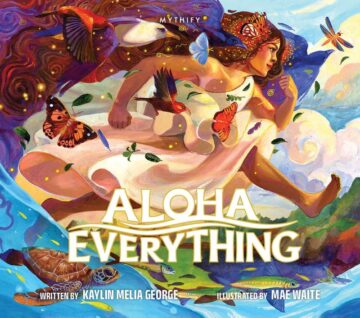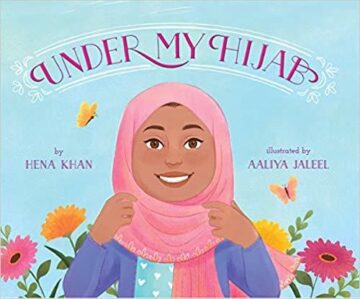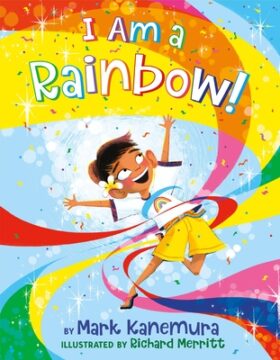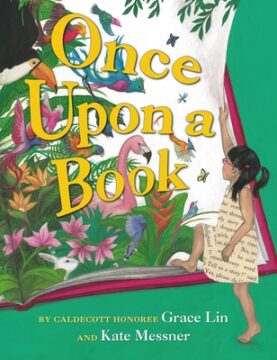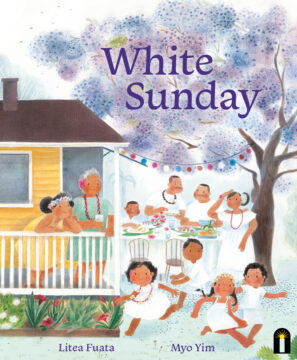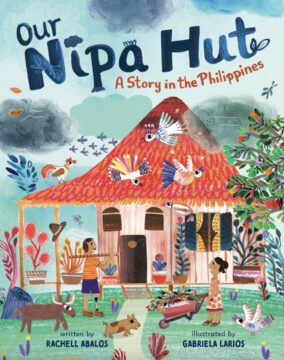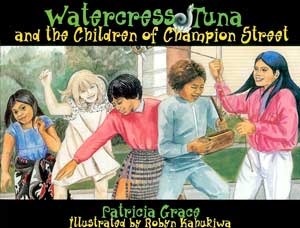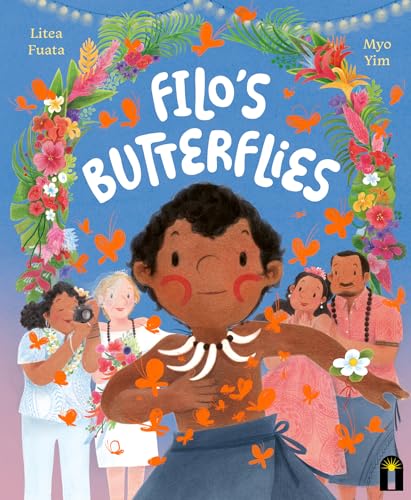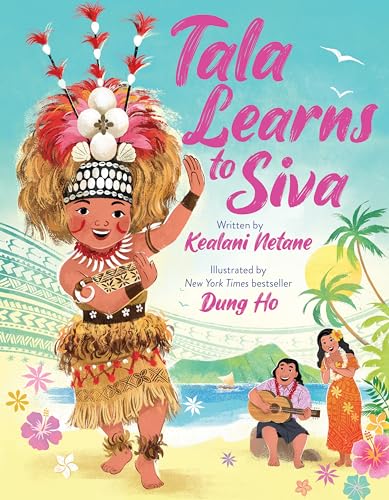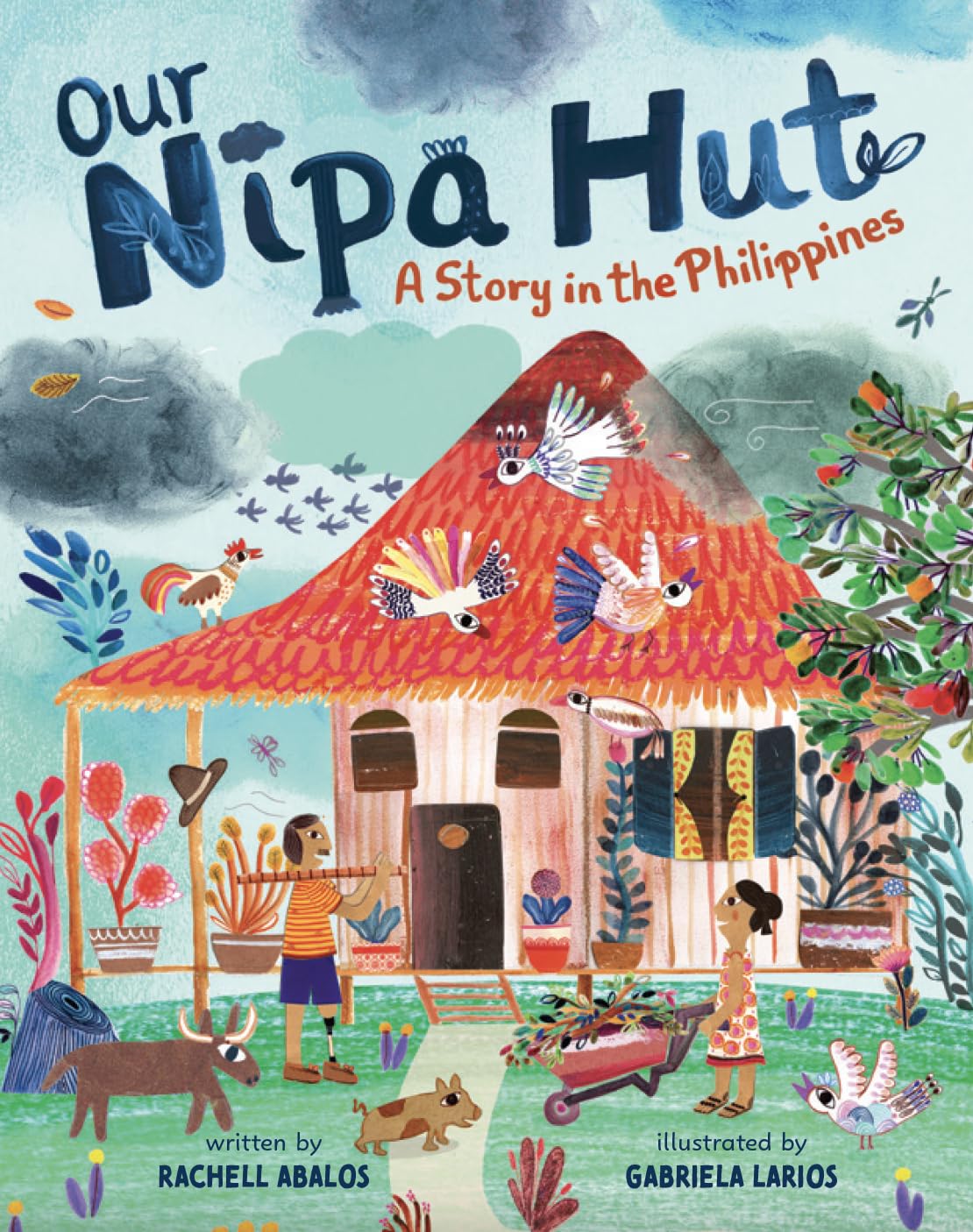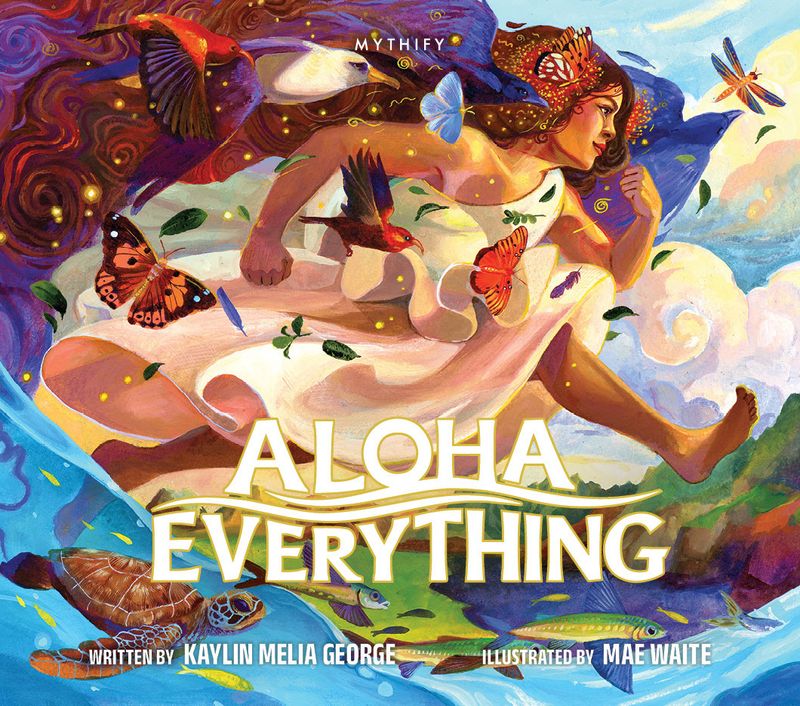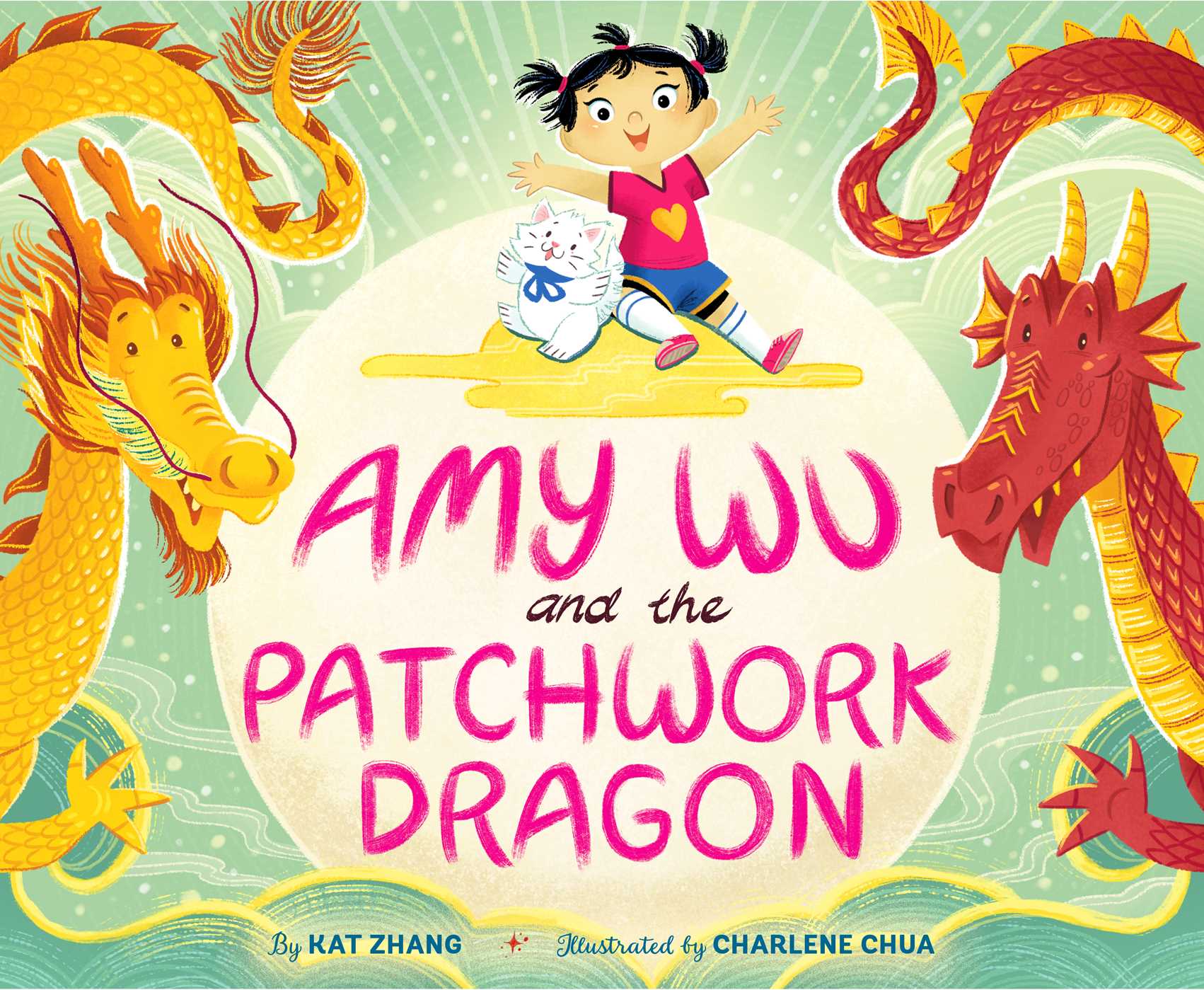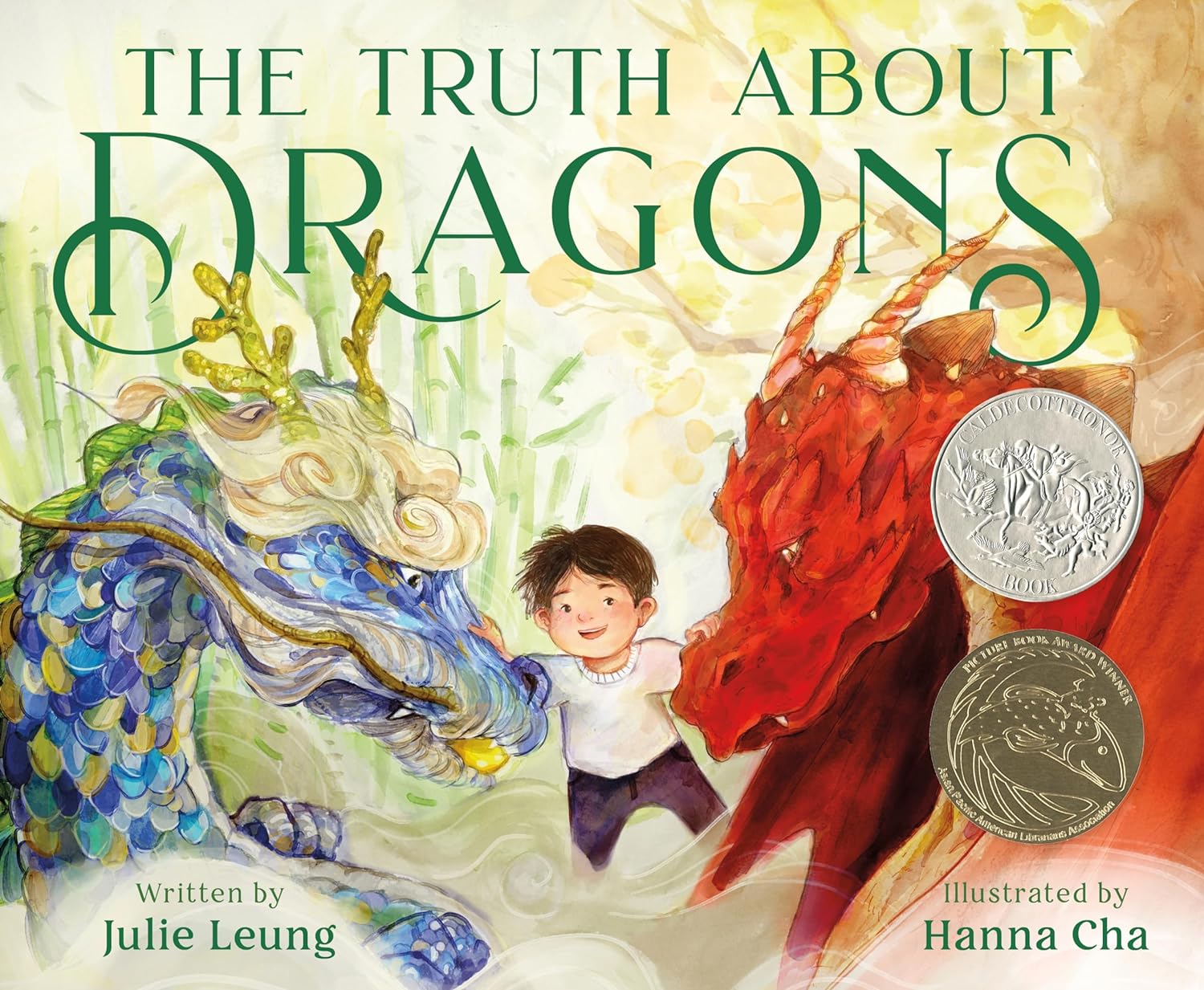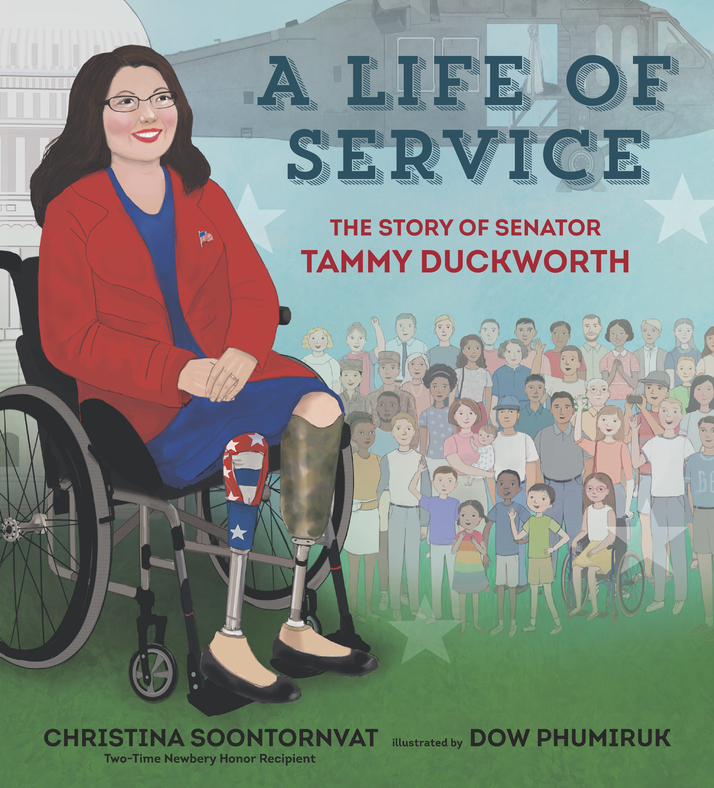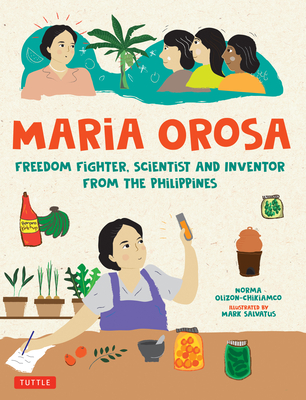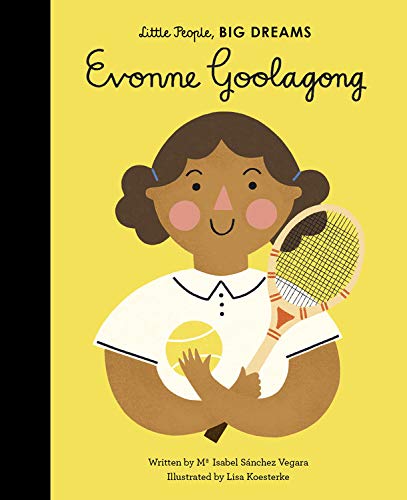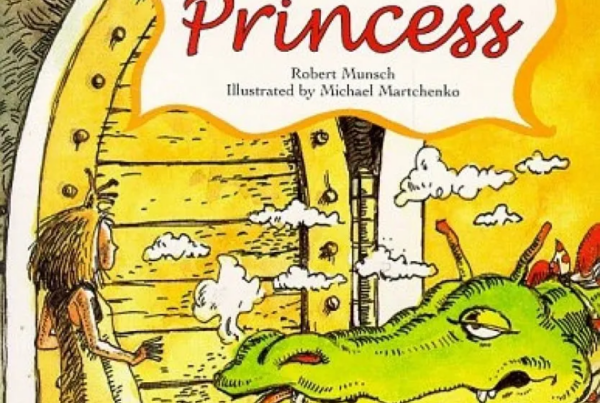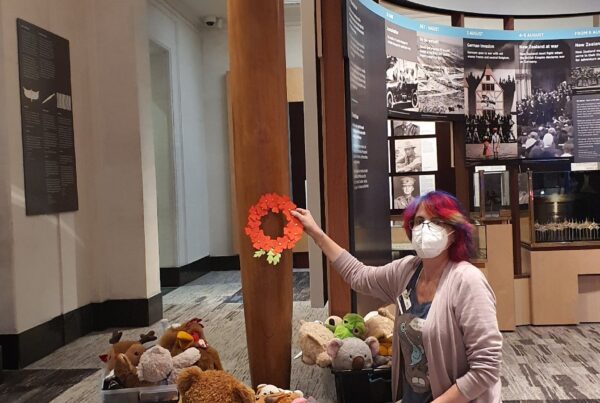Let's celebrate and highlight these brilliant creators all the year around, and not just one month.
~ Anne.
As you can tell by the full name – Asian American, Native Hawaiian and Pacific Islander Heritage Month (AANHPI) is a United States creation.
As someone of Pāhekā (white settler) descent, living in an archipelago in the Pacific, I needed to do some research on this topic before putting my hand up to help collate this post.
I remember friends, in the US, posting around this time of year – about how the focus is on Asia (and a very narrow laser beam at that): where are the posts and resources highlighting the Pacific Islander aspect!?
Each May, I have seen posts and comments asking this exact question.
Storytime Solidarity is committed to being as representative as we can.
To know better. To do better.
To learn.
So, this post is part of my commitment to making sure ALL letters in the acronym are represented and celebrated this month – and every day.
~ Anne, Tāmaki Makarau Auckland; Aotearoa New Zealand.
Please note: This is an update of our 2023 post.
What countries and cultures are included?
This is not an exhaustive list. Nor does it cover all aspects of a person’s identity. The below groups are taken from the Asian Pacific Institute on Gender-Based Violence:
Asian Americans:
The US Census bureau, defines this as people with origins in the indigenous / original peoples of the Far East, Southeast Asia, or the Indian subcontinent. However, that is NOT all the areas covered by the blanket term ‘Asian’.
Try to think more widely than the obvious groups. From my reading of social media, and recommended booklists, the majority of material focuses on those of Chinese, Japanese, Korean, and Vietnamese heritage.
- Central Asian: Afghan, Armenian, Azerbaijani, Georgians, Kazakh, Kyrgyz, Mongolian, Tajik, Turkmen, Uzbek.
- East Asian: Chinese, Japanese, Korean, Okinawan, Taiwanese, Tibetan.
- Southeast Asian: Bruneian, Burmese, Cambodian, Filipino, Hmong, Indonesian, Laotian, Malaysian, Mien, Singaporean, Timorese, Thai, Vietnamese.
- South Asian: Bangladeshi, Bhutanese, Indian, Maldivians, Nepali, Pakistani, Sri Lankan.
- West Asians: This is a contested term, and refers to the area more commonly known as the Middle East. I have not included these resources in this post.
Native Hawaiians and Pacific Islanders:
- (In the U.S. Jurisdictions & Territories) Carolinian, Chamorro, Chuukese, Fijian, Guamanian, Hawaiian, Kosraean, Marshallesse, Native Hawaiian, Niuean, Palauan, Pohnpeian, Papua New Guinean, Samoan, Tokelauan, Tongan, Yapese.
Think of the wider groupings of Melanesia, Micronesia, and Polynesia.
For the purposes of this I have included some Indigenous Australian creators. Their culture deserves to be celebrated and acknowledged as the taonga (treasure) they are. They are descended from those who first left Africa up to 75,000 years ago.
Also included are members of the Asian and Pacific Island diaspora. That is, creators with Asian and Pacific Island heritage, who are not citizens or residents of the United States.
Interviews and posts to explore:
The Storytime Solidarity site has some wonderful interviews and posts, which cover aspects of AANHPI Heritage Month:
- Focus on: First Nations People of Australia.
- Filipino American History Month: Interview with Cristina Oxtra
- Representation Matters: Filipino American History Month
- Q and A with Grace Lin!
- Interview with ARABIC QUILT author Aya Khalil
- Exploring te ao Māori through picture books
- How To Be An Ally to Muslim Friends During Ramadan 2023
- Introducing Matariki
Some highlighted books:
More books are available at the bottom of the page.
Songs to share
A greeting song in te reo Māori (the Māori language) and English.
I am adding more te reo Māori songs to our database, so keep an eye out!
This will become your latest earworm!
Please explore the Lyrics We Love section for more amazing Little Miss Ann songs to share!
Music & words by Rose Oyamot Rodriguez of Ukulele Storytime.
We are adding more of Rose’s songs onto our database!
Savalivali
There are many versions around of this popular Samoan song, but I found this one was perfect for an audience of storytimers.
